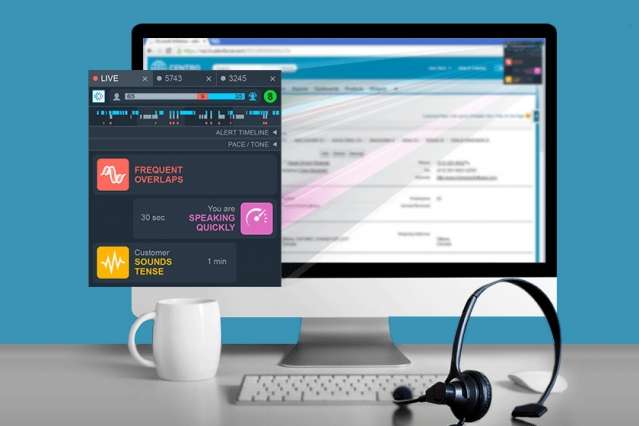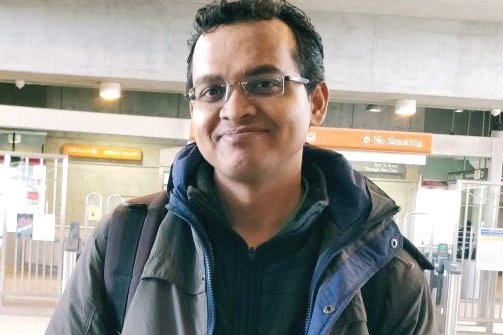Amina 2.4 Drives Business Outcomes by Addressing Core Business Issues Uniphore Software Systems, a Chennai-based speech recognition solutions company, announced the availability of the next version of their popular speech analytics solution, alumina. Alumina version 2.4 introduces the first-of-its-kind innovation of business packs, specifically designed to drive a set of business outcomes by providing predictive and prescriptive insights from data. The latest version enables quicker value realization through faster and standardized deployments by leveraging intelligence gained from multiple deployments. This release introduces 2 new business packs: the voice of customer analytics pack and a banking industry pack.
The customer analytics pack’s voice will drive richer customer engagement by predicting a customer’s call intent.
The banking industry pack will address business outcomes of reducing the risk of non-collection, increase cross-sell and upsell effectiveness, enhance customer experience, and increase contact center efficiency through workforce optimization.

Business packs include pre-built industry-aligned KPIs and metrics that will help enterprises realize their business outcomes faster without a lengthy discovery phase.
Speaking of the launch, Umesh Sachdev, Co-founder, and CEO said, “We are excited to roll out this new version of our speech analytics software, alumina. This version will drive enhanced customer experience and offer a range of solutions that will help enterprises realize their business objectives at a much faster rate. With ever-growing consumer needs, enterprises must deploy solutions that rapidly address key business issues. alumina 2.4 is specifically designed to drive key business outcomes for our banking industry clients.”
READ ALSO :
- How To Get A Patent For Software In India
- International education not about promoting western point of view
- The best of beauty from Amazon India Fashion Week spring/summer 2017
- Hard-Line Strain of Islam Gains Ground in Indonesia, World’s Largest Muslim Country
- ‘India needs to improve on entrepreneurship, quality of life.’
Additional features of this new release include an enhanced ability to perform root cause analysis on data and a refined emotion detection capability.
About Uniphore:
Uniphore Software Systems is headquartered in IIT Madras Research Park, Chennai. Uniphore was incubated in IIT Chennai, India, in 2008 and currently has offices in India, the Philippines, and U.A.E with about 100 employees spread across all locations. Uniphore’s investors include Kris Gopalakrishnan, IDG Ventures India, India Angel Network, Your nest Fund, Stata Ventures. Uniphore has worked with over 70 enterprise customers and served over 4 million end-users. Uniphore was recognized by Deloitte as a Technology Fast 500 company in the Asia Pacific in 2014 and was also ranked as the 10th fastest growing technology company in India by Deloitte Fast 50 in 2015. Uniphore’s Co-Founder and CEO, Umesh Sachdev, was recognized by the TIME Magazine list of 2016 amongst ’10 Millennials Changing The World’ and India’s edition of MIT Technology Review’s ‘Innovators Under 35’ for the year 2016.
Read Full Article
































